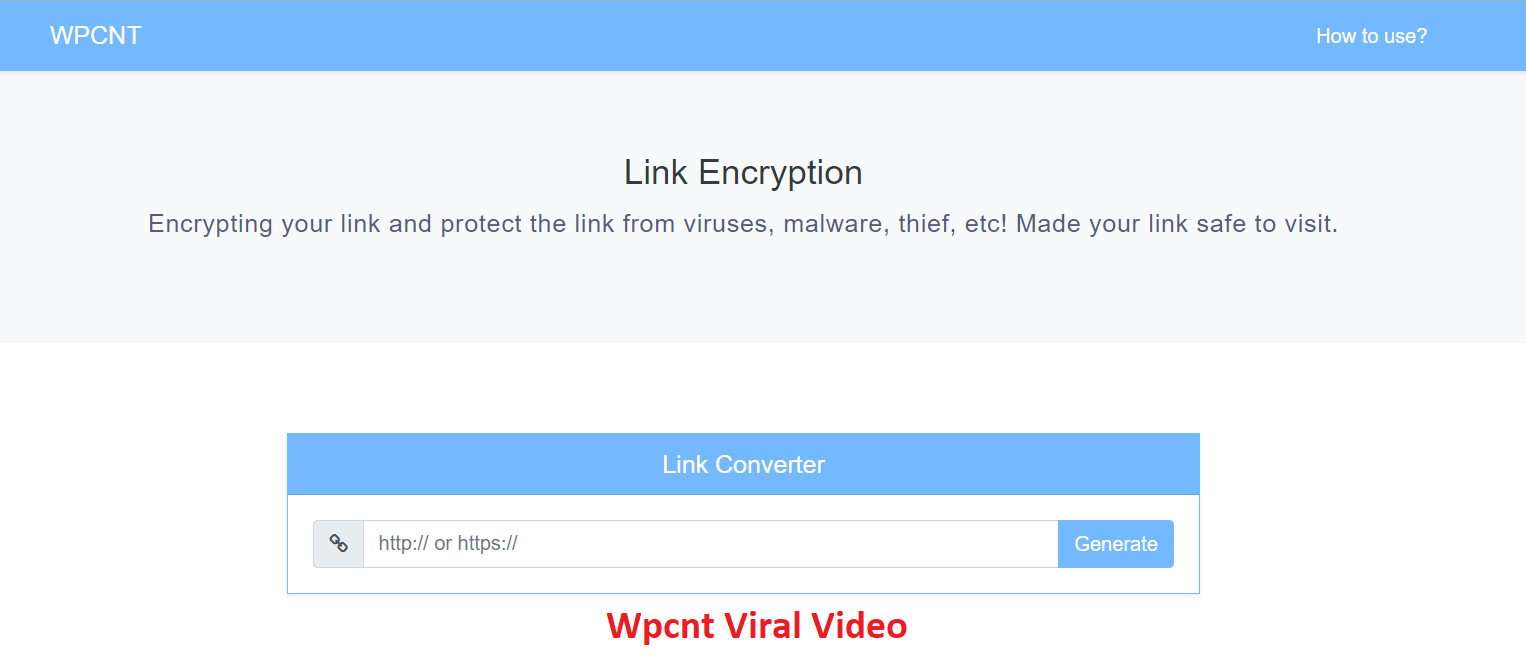In the world of computing, monitoring system performance is crucial, and Windows Performance Counters (WPCNT) play a significant role in this process. Understanding WPCNT can help you optimize your system, diagnose issues, and ultimately improve your computing experience. This article will delve into the intricacies of Windows Performance Counters, their functionality, and how you can leverage them for better system management.
Windows Performance Counters provide a wealth of information about various aspects of your system, including CPU usage, memory consumption, network activity, and more. By utilizing these counters, users can gain insights into system health and performance, making it easier to identify bottlenecks and areas for improvement. Armed with this knowledge, you can take proactive steps to ensure your system runs smoothly.
Throughout this article, we will explore the fundamentals of WPCNT, how to access and interpret the data they provide, and practical applications for performance monitoring. Whether you are a system administrator, a developer, or simply a curious user, understanding WPCNT can enhance your ability to manage and optimize your Windows environment.
Table of Contents
What is WPCNT?
Windows Performance Counters (WPCNT) are a set of APIs that provide real-time data about system performance and resource usage on Windows operating systems. These counters are built into Windows and allow users to monitor various system metrics. WPCNT can track a wide range of performance indicators, including CPU usage, memory allocation, disk I/O, and network activity, among others.
How WPCNT Works
WPCNT operates by collecting data from different system components and presenting it through a structured interface. Each counter measures a specific aspect of system performance, and users can query this data using various tools such as Performance Monitor, PowerShell, and Windows Management Instrumentation (WMI).
Importance of WPCNT
Understanding the importance of WPCNT is essential for any user who wants to maintain optimal system performance. Here are some key reasons why WPCNT is vital:
- Performance Monitoring: WPCNT allows for real-time monitoring of system performance, helping users identify potential issues before they escalate.
- Resource Management: By tracking resource usage, users can optimize the allocation of system resources, ensuring that applications run smoothly.
- Troubleshooting: Performance counters provide valuable insights when diagnosing system problems, enabling users to pinpoint the root cause of issues.
- Capacity Planning: Analyzing performance data helps organizations plan for future resource needs based on current usage trends.
How to Access WPCNT
Accessing Windows Performance Counters can be done through several methods, depending on your needs and expertise. Below are some common ways to access WPCNT data:
Using Performance Monitor
Performance Monitor is a built-in Windows tool that provides a graphical interface for viewing performance counters:
Using PowerShell
For users comfortable with scripting, PowerShell offers a powerful way to access performance counters:
Get-Counter -Counter "\Processor(_Total)\% Processor Time" Get-Counter -Counter "\Memory\Available MBytes"
Understanding WPCNT Data
Interpreting the data gathered from WPCNT is crucial for effective performance monitoring. Here are a few key concepts to understand:
Counter Types
WPCNT data is categorized into different types of counters:
- Instantaneous Counters: Measure the value at a specific point in time (e.g., current CPU usage).
- Average Counters: Provide the average value over a specified duration (e.g., average disk read time).
- Rate Counters: Measure the rate of change over time (e.g., bytes sent per second).
Interpreting Values
Understanding what the values mean is key to making informed decisions based on WPCNT data:
- A high CPU usage percentage may indicate that an application is consuming excessive resources.
- Low available memory could suggest memory leaks or the need for additional RAM.
- High disk latency may point to a failing hard drive or insufficient I/O capacity.
Common Performance Counters
While there are numerous performance counters available, some of the most commonly monitored counters include:
- \Processor(_Total)\% Processor Time: Measures CPU usage across all cores.
- \Memory\Available MBytes: Indicates the amount of physical memory available.
- \PhysicalDisk(_Total)\Disk Reads/sec: Tracks the number of read operations per second on the disk.
- \Network Interface(*)\Bytes Total/sec: Measures the total bytes sent and received over the network.
Using WPCNT for Troubleshooting
WPCNT is an invaluable tool for troubleshooting system performance issues. Here's how it can be utilized effectively:
Identifying Bottlenecks
By monitoring various performance counters, you can identify bottlenecks in your system. For example:
- If CPU usage is consistently high, consider optimizing applications or upgrading hardware.
- Low available memory could lead to system slowdowns; increasing RAM may be necessary.
Monitoring Trends
Regularly monitoring performance counters can reveal trends over time, helping you anticipate capacity needs and plan upgrades accordingly. Tools like Performance Monitor allow you to log data over time, providing a historical view of system performance.
Best Practices for Using WPCNT
To make the most of Windows Performance Counters, consider the following best practices:
- Regularly review performance metrics to stay informed about system health.
- Set up alerts for critical thresholds to proactively address issues.
- Document any changes made in response to performance data for future reference.
Conclusion
In conclusion, understanding and utilizing Windows Performance Counters (WPCNT) can significantly enhance your ability to manage and optimize your Windows environment. By monitoring system performance, identifying bottlenecks, and troubleshooting issues, you can ensure that your system runs efficiently and effectively. We encourage you to explore WPCNT and start leveraging this powerful tool for better system performance.
Don't hesitate to leave a comment below with your experiences or questions about using WPCNT. If you found this article helpful, consider sharing it with others who might benefit from it. Explore our site for more informative articles on system management and optimization!
Thank you for reading, and we look forward to seeing you again soon!
Article Recommendations



ncG1vNJzZmibkafBprjMmqmknaSeu6h6zqueaKaVrHqkvsSaq6KulWLDprrTrqmeq1%2BsvaS602efraWc